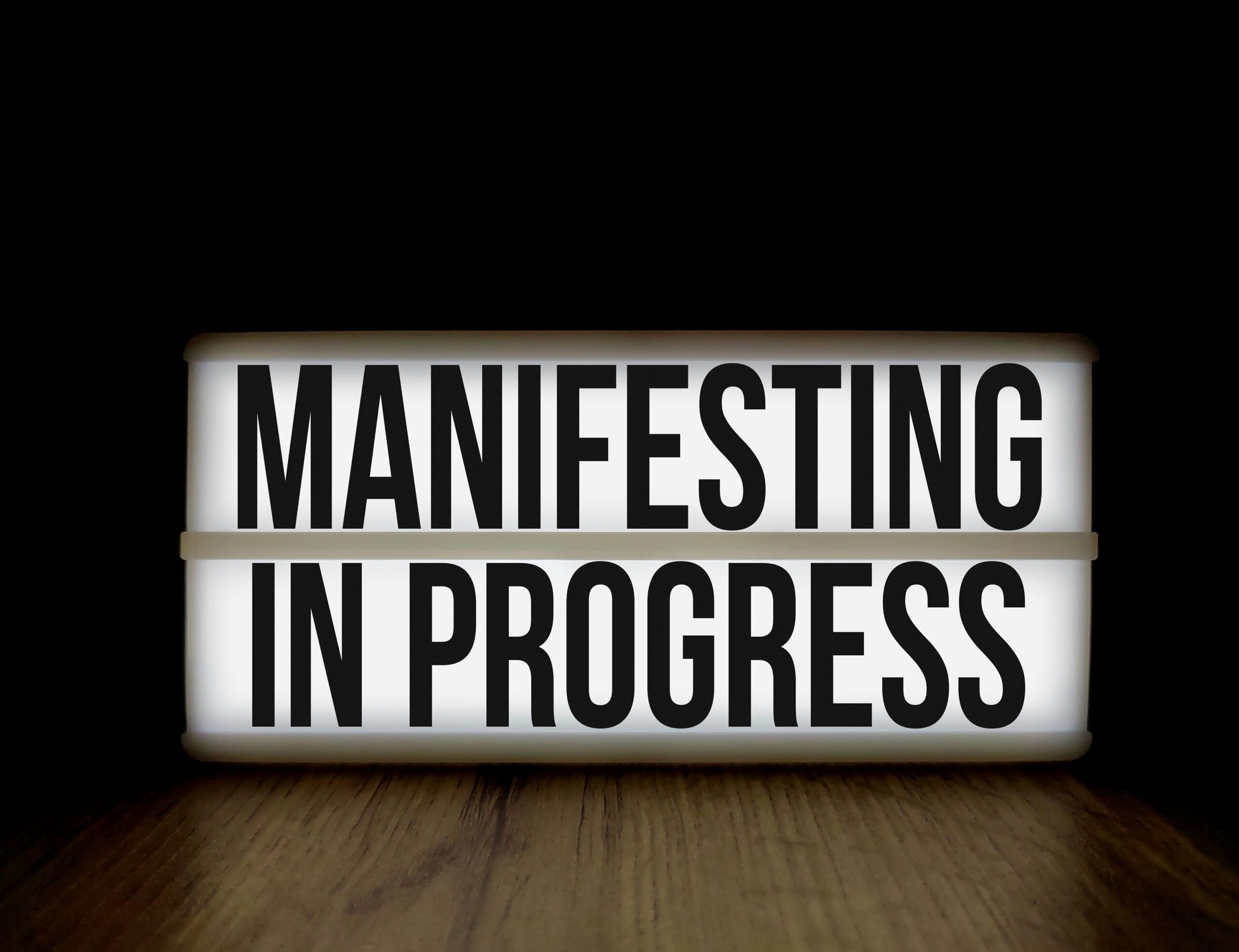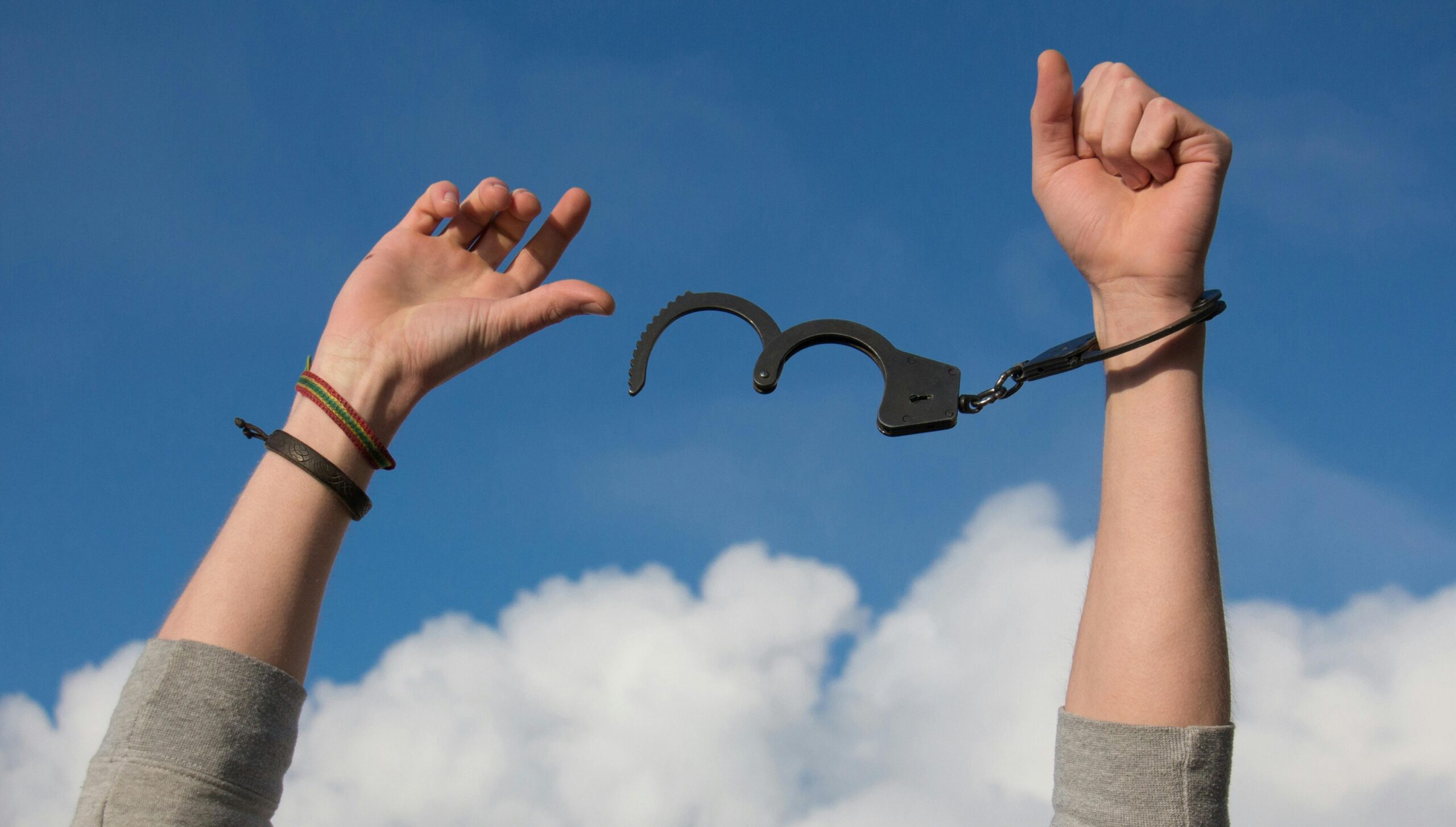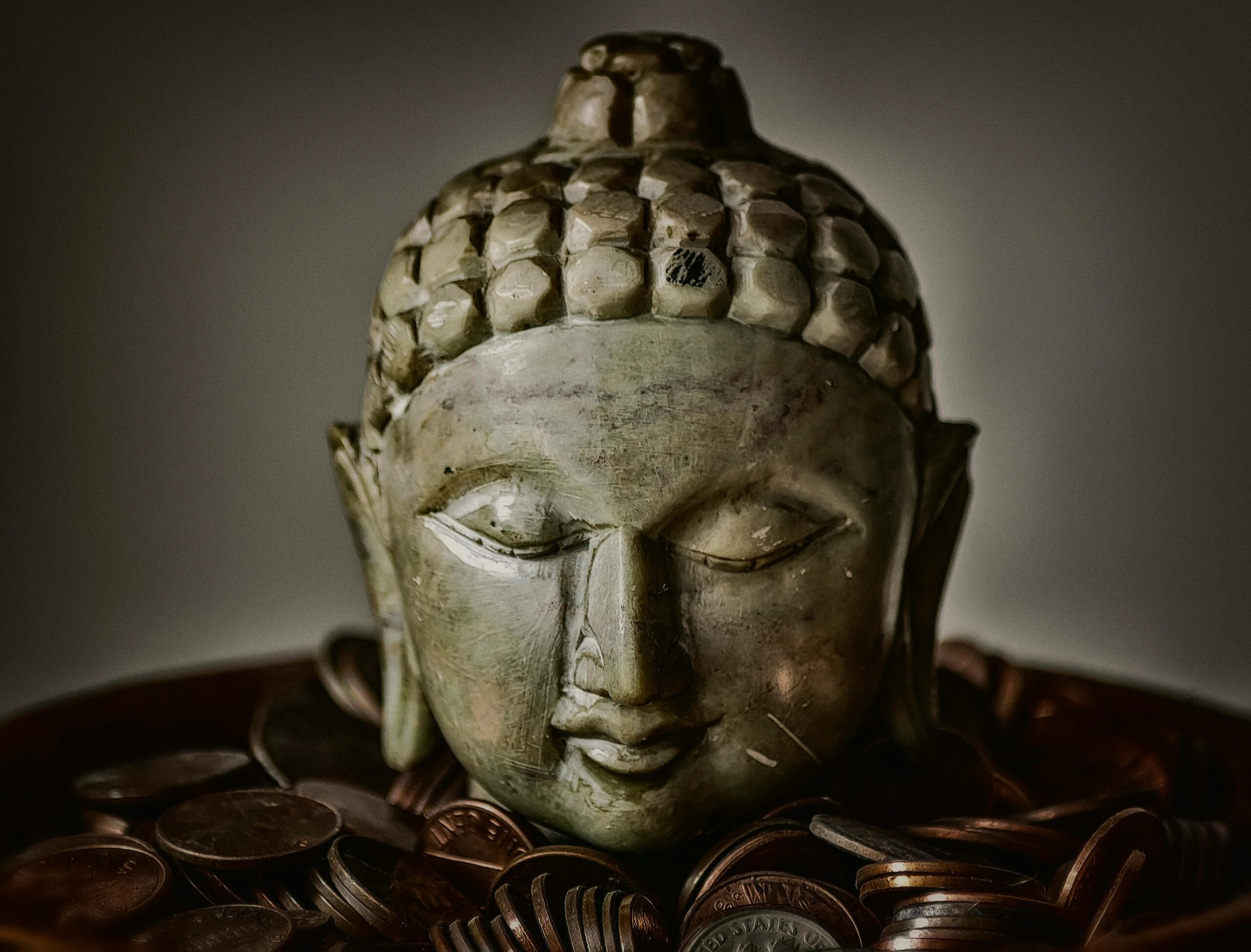Self-discipline isn’t about forcing yourself into submission—it’s about understanding your mind deeply enough to guide it with intention, awareness, and compassion.
In our modern world filled with endless distractions, notifications, and immediate gratification, mastering your mind has become one of the most valuable skills you can develop. The gap between who you are and who you want to become is bridged by self-discipline, but not the rigid, punishment-based discipline many of us imagine. Instead, true self-discipline emerges from a profound awareness of your thoughts, emotions, triggers, and patterns.
This article explores how cultivating awareness becomes the foundation for genuine self-discipline, transforming your relationship with goals, habits, and yourself. You’ll discover practical strategies to unlock your mental potential and create lasting behavioral change that doesn’t rely on willpower alone.
🧠 The Awareness-Discipline Connection: Why Willpower Alone Fails
Most people approach self-discipline as a battle of willpower—a constant war between their conscious intentions and unconscious desires. They set ambitious goals, create detailed plans, and rely on sheer force of will to push through resistance. This approach works temporarily but eventually collapses under pressure.
The fundamental problem with willpower-based discipline is that it treats symptoms rather than causes. When you resist temptation through force alone, you’re ignoring the underlying thoughts, emotions, and beliefs driving your behavior. It’s like holding a beach ball underwater—it requires constant energy and eventually, your grip weakens.
Awareness changes everything. When you understand why you’re drawn to certain behaviors, what triggers your impulses, and how your mind creates resistance, you gain leverage. Instead of fighting yourself, you work with your psychology. This awareness-based approach to self-discipline is sustainable because it addresses root causes rather than suppressing symptoms.
The Three Layers of Mental Awareness
To master your mind, you need to develop awareness across three distinct but interconnected layers:
- Cognitive Awareness: Understanding your thoughts, beliefs, and mental narratives
- Emotional Awareness: Recognizing and naming your feelings without being controlled by them
- Behavioral Awareness: Observing your actions, habits, and patterns objectively
Each layer informs the others. Your thoughts influence your emotions, which drive your behaviors. By developing awareness at all three levels, you create a comprehensive understanding of your inner landscape, making intentional change far more achievable.
🔍 Developing Self-Observation: The Foundation of Mental Mastery
Self-observation is the practice of watching your mind without judgment, like a scientist studying a fascinating subject. This metacognitive skill—thinking about your thinking—is perhaps the most powerful tool for building self-discipline through awareness.
Begin by creating small observation windows throughout your day. Set reminders on your phone to pause for 30 seconds and simply notice what’s happening in your mind. What thoughts are present? What emotions can you detect? What physical sensations do you feel? Don’t try to change anything—just observe with curiosity.
This practice might seem simple, but it’s profoundly transformative. Most people operate on autopilot, unconsciously repeating patterns without awareness. Self-observation breaks this trance, creating space between stimulus and response—the space where discipline lives.
The Thought-Labeling Technique
One particularly effective self-observation practice is thought-labeling. When you notice a thought, mentally label it with a category: “planning thought,” “worry thought,” “craving thought,” “judgment thought,” and so on. This simple act of labeling creates psychological distance, reducing the thought’s power over you.
For example, when you think “I really want to skip my workout today,” instead of immediately acting on that thought or fighting it, you might label it as “avoidance thought” or “comfort-seeking thought.” This awareness allows you to choose your response rather than reacting automatically.
💡 Understanding Your Trigger Architecture
Every behavior, disciplined or undisciplined, follows a pattern: trigger → response → consequence. Most people focus exclusively on modifying their responses, but awareness of your trigger architecture is far more powerful.
Your triggers can be external (situations, people, environments) or internal (thoughts, emotions, physical states). Mapping your personal trigger landscape gives you predictive power—you can anticipate challenges before they arise and prepare effective responses.
Create a trigger inventory by tracking one behavior you want to change for a week. Each time you engage in the unwanted behavior or feel tempted, note what happened immediately before. What were you doing? Who were you with? What were you thinking or feeling? What time was it?
| Trigger Type | Example | Awareness Strategy |
|---|---|---|
| Environmental | Seeing phone first thing in morning | Modify environment (charge phone outside bedroom) |
| Emotional | Stress leading to snacking | Develop alternative stress-response habits |
| Social | Friends suggesting unhealthy activities | Prepare responses in advance, set boundaries |
| Temporal | Evening energy dips | Schedule important tasks earlier, plan for low-energy periods |
This systematic awareness transforms discipline from a constant battle into strategic design. You’re no longer surprised by temptation—you anticipate it and prepare accordingly.
🎯 The Intention-Action Gap: Bridging Through Mindful Awareness
We’ve all experienced the frustrating gap between our intentions and our actions. You intend to eat healthily, but find yourself at the drive-through. You plan to work on important projects, but hours disappear into social media. This gap isn’t a character flaw—it’s a lack of awareness during critical decision moments.
The key to bridging this gap is cultivating what psychologists call “present-moment awareness.” Most undisciplined behaviors happen when we’re mentally elsewhere—ruminating about the past, worrying about the future, or simply zoned out on autopilot.
Practice bringing full attention to transition moments—those brief windows when you’re about to make a choice. Before opening the refrigerator, pause for three conscious breaths. Before picking up your phone, notice the impulse first. Before deciding to skip a planned activity, check in with yourself: “Am I making this choice consciously, or am I reacting automatically?”
The STOP Technique for Decision Points
When you reach a critical decision point, use the STOP technique to inject awareness:
- S – Stop what you’re doing physically
- T – Take three deep breaths
- O – Observe your thoughts, feelings, and bodily sensations
- P – Proceed with intention, making a conscious choice
This four-step process takes less than 30 seconds but dramatically increases the likelihood that your actions will align with your intentions. It creates a pause where discipline can emerge naturally from awareness rather than being forced through willpower.
🌊 Working With Resistance Instead of Against It
Traditional approaches to self-discipline treat resistance as an enemy to be conquered. The awareness-based approach recognizes resistance as valuable information—a signal that deserves investigation rather than suppression.
When you notice resistance arising—that heavy feeling when you think about doing something you “should” do—get curious about it. What specifically feels difficult? What are you afraid might happen if you follow through? What need might this resistance be trying to protect?
Often, resistance isn’t about laziness or lack of discipline. It might indicate that a goal doesn’t align with your values, that you need rest, that your approach needs adjustment, or that fear is masquerading as procrastination. By investigating resistance with awareness, you gain insights that make genuine discipline possible.
The Compassionate Inquiry Practice
When facing resistance, try this compassionate inquiry process:
First, acknowledge the resistance without judgment: “I’m noticing resistance to starting this task.” Then, ask yourself these questions with genuine curiosity: What am I afraid will happen if I do this? What am I afraid I’ll lose? What need might this resistance be trying to meet? What would feel supportive right now?
This inquiry often reveals that small adjustments—breaking a task into smaller pieces, addressing an underlying fear, or meeting a neglected need first—can dissolve resistance more effectively than forceful self-coercion.
📱 Leveraging Technology for Awareness Development
While technology often distracts us, it can also support awareness development when used intentionally. Meditation and mindfulness apps can help you build the foundational awareness skills that fuel self-discipline.
Apps that track habits can increase behavioral awareness by making patterns visible. Journaling apps with prompts can deepen cognitive and emotional awareness. The key is using technology as a tool for awareness rather than another source of distraction.
Consider using apps like Calm or similar mindfulness platforms to develop your awareness practice. Start with just five minutes daily, focusing on observing your breath and noticing when your mind wanders. This simple practice strengthens your attention muscle and builds the metacognitive awareness essential for self-discipline.
⚡ Creating Awareness Rituals That Sustain Discipline
Sustained self-discipline doesn’t come from isolated efforts—it emerges from consistent awareness practices woven into your daily life. These awareness rituals create a foundation that makes disciplined choices natural rather than effortful.
Morning awareness rituals are particularly powerful because they set the mental tone for your day. Before checking your phone or jumping into activity, spend five to ten minutes in intentional awareness. This might include meditation, journaling, or simply sitting quietly while you drink your coffee, mentally previewing your day with intention.
Evening reflection rituals close the awareness loop. Spend a few minutes reviewing your day: Where did you act in alignment with your intentions? Where did you get pulled off course? What patterns do you notice? What worked well? This reflection isn’t about self-judgment—it’s about gathering data to increase future awareness.
The Weekly Awareness Audit
Once weekly, conduct a deeper awareness audit. Review these key questions:
- What behaviors am I proud of this week? What made them possible?
- Where did I struggle with discipline? What were the common triggers?
- What patterns am I noticing in my thoughts, emotions, or behaviors?
- What adjustments would support my intentions next week?
- Am I being compassionate with myself, or am I slipping into harsh self-judgment?
This weekly practice ensures that awareness remains active and evolving, preventing you from slipping back into unconscious patterns.
🔄 The Self-Compassion Paradox in Discipline
Here’s a counterintuitive truth: self-compassion strengthens self-discipline, while harsh self-criticism undermines it. Many people fear that being kind to themselves will lead to complacency, but research consistently shows the opposite.
When you practice self-compassion—treating yourself with the same kindness you’d offer a good friend—you create psychological safety. This safety makes it easier to acknowledge mistakes, learn from setbacks, and persist despite difficulties. Harsh self-criticism, by contrast, activates threat responses that impair learning and motivation.
Awareness of your inner dialogue is crucial here. Notice when your internal voice becomes harsh or critical. When you detect self-criticism, pause and ask: “Would I speak to someone I care about this way?” Then consciously shift toward a more supportive, encouraging tone.
This doesn’t mean avoiding accountability or making excuses. Self-compassionate accountability sounds like: “I didn’t follow through on my intention today. That’s disappointing, and I want to understand what got in the way so I can plan better tomorrow.” Compare this to harsh criticism: “I’m such a failure. I can never stick with anything. What’s wrong with me?”
The first approach maintains awareness and problem-solving capacity. The second triggers shame spirals that destroy motivation and awareness.
🎨 Designing Your Personal Awareness System
Mastering your mind through awareness isn’t a one-size-fits-all process. You need to design a personal awareness system that fits your lifestyle, preferences, and challenges. This system should include multiple awareness touchpoints throughout your day that feel sustainable rather than burdensome.
Start small with just one or two awareness practices, then gradually expand as they become habitual. You might begin with a five-minute morning meditation and a brief evening reflection. Once these feel natural, add mindful transition moments between activities, then perhaps a weekly audit.
Your awareness system should also include environmental design elements. Place visual reminders in strategic locations—a note on your bathroom mirror asking “What’s my intention for today?” or a phone wallpaper with a meaningful question. These environmental cues prompt awareness without requiring you to remember.
The Integration Phase
As your awareness practices mature, they begin integrating seamlessly into your life. You’ll find yourself naturally pausing before decisions, noticing patterns without effort, and responding to challenges with curiosity rather than reactivity. This integration phase represents true mastery—discipline that flows from understanding rather than force.
At this stage, self-discipline stops feeling like discipline. Your actions align with your intentions naturally because you understand yourself deeply. You know your triggers and have prepared responses. You recognize resistance as information. You treat yourself with compassion while maintaining accountability.

🚀 Moving Forward: Your Next Steps in Mental Mastery
The journey of mastering your mind through awareness is ongoing—there’s no final destination, only deepening understanding and growing capacity. The practices and insights shared here provide a foundation, but your personal exploration is where true transformation happens.
Begin today with one simple commitment: choose one awareness practice from this article and implement it for the next week. It might be the morning intention-setting, the STOP technique at decision points, the evening reflection, or simply pausing three times daily to observe your mental state.
Track what you notice without trying to change anything yet. Awareness itself creates change, often in surprising ways. You might find that simply observing a pattern reduces its power, or that understanding a trigger naturally leads to different choices.
Remember that developing awareness is a skill that strengthens with practice. Your mind will wander, you’ll forget to pause, you’ll get caught in unconscious patterns—this is completely normal. Each time you return to awareness, you’re strengthening the neural pathways that support self-discipline.
The goal isn’t perfection. The goal is increasing the percentage of your life spent in conscious awareness rather than unconscious reactivity. Even small improvements in this percentage create substantial changes in your experience and outcomes.
As you develop your awareness practice, you’ll discover something remarkable: the person you’ve been trying to force yourself to become through willpower already exists within you. Awareness doesn’t create a new self—it reveals your authentic self and removes the obstacles that have been blocking its expression.
This is the profound gift of mastering your mind through awareness. You stop being divided against yourself, stop exhausting your energy in internal conflicts, and start living with integration and intention. Your discipline becomes an expression of self-understanding rather than self-control, sustainable because it’s rooted in awareness rather than willpower.
The journey begins with a single moment of awareness, then another, then another. Each moment builds on the last, gradually transforming your relationship with your mind, your goals, and yourself. Start now, start small, and trust the process. Your most disciplined self isn’t something you need to force into existence—it’s already there, waiting for awareness to unlock it.
Toni Santos is a personal growth strategist and wealth alignment researcher dedicated to helping people connect mindset, habits, and money with purpose. With a focus on abundance psychology and intentional living, Toni explores how beliefs, behavior, and clarity turn goals into sustainable prosperity. Fascinated by financial psychology and high-performance routines, Toni’s journey bridges coaching, behavioral science, and practical frameworks. Each guide he shares is an invitation to design a life by intention—where daily actions align with values, and values align with long-term wealth. Blending mindset work, habit design, and evidence-based strategy, Toni studies how identity shifts, focus systems, and disciplined execution create compounding results. His work champions the idea that true abundance is built from the inside out—through awareness, alignment, and consistent action. His work is a tribute to: An abundance mindset grounded in gratitude, vision, and responsibility Financial psychology that transforms behavior into smart decisions Goal-oriented living powered by clear systems and repeatable habits Whether you’re redefining success, aligning money with meaning, or building habits that last, Toni Santos invites you to grow with intention—one belief, one plan, one aligned step at a time.




